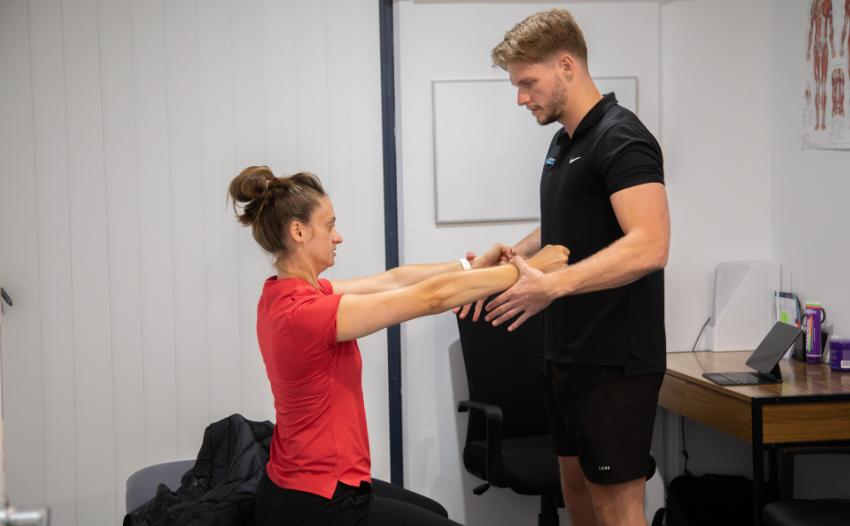
Hypermobility Syndrome and the benefits of strength training
If you grew up and were considered ‘double jointed’, or you could do cool party tricks like being able to get your thumb to touch your wrist, there’s a chance you have hypermobility syndrome.
What is Hypermobility?:
Hypermobility is a connective tissue disorder that causes an increase in the range of motion in joints of the body. It can also lead to musculoskeletal pain due to the increased demand placed on the joints and muscles, which has been linked to both chronic fatigue and extreme exhaustion. Along with this, hypermobility syndrome is significantly associated with mental health conditions such as ADHD, autism spectrum disorder (ASD), depression and anxiety. It is possible that there is a common ground between the development and function of connective tissues and central nervous system, contributing to the association between hypermobility disorders and neurodevelopment disorders (R. Glans et al, 2022). Roughly 40% of people with a hyper mobility disorder have either ADHD or ASD.
How is it diagnosed:
Hypermobility is diagnosed through a test called the “Brighton Criteria,” which assesses the flexibility of nine joints of the body including as elbows, knees, thumbs, and wrists. If you score positively on four or more out of nine, it suggests a hypermobility disorder. Symptoms may vary from person to person, but can be disabling for people suffering on the higher end of the spectrum. It restricts their ability to engage in everyday life due to pain levels, fatigue and mental health complications. Along with this, people with a hypermobility are much more likely to experience injuries such as ligament or joint tears due to the laxity of their ligaments and decreased resistance to injury. Put simply, their muscles have to work harder to protect these structures.
Is there a cure for Hypermobility syndrome:
There is no cure for hypermobility, however research has shown that resistance training can help improve the physical symptoms and decrease risk of injury (G. Luder, et al 2021) The goal of resistance exercise is to increase muscle mass and strength to improve stability of the joints throughout the body. Rehabilitation programs will vary from person to person due to the variety of presentations that hypermobility disorders can have. Generally, individuals with hypermobility are encouraged to follow physical activity guidelines from the American College of Sports Medicine (ACSM) suggesting resistance training on 2 or more days a week that work on each major muscle group. Sets of 8-12 repetitions are recommended, to encourage working the muscles to the point of fatigue.
The training intensity will depend on current levels of fitness and muscular endurance, and any current or previous injuries. Staying strong is crucial for all adults, but for those with hypermobility it is especially important as a tool to prevent injury, improve energy levels and improve quality of life.

Author: Abby Anderson, Exercise Physiologist, B Clinical Ex Phys AEP
Clinic: Sunnybank
If you would like to make an initial appointment with Abby or any of our other available Physiotherapists or Exercise Physiologists, you can contact us on 1300 630 204